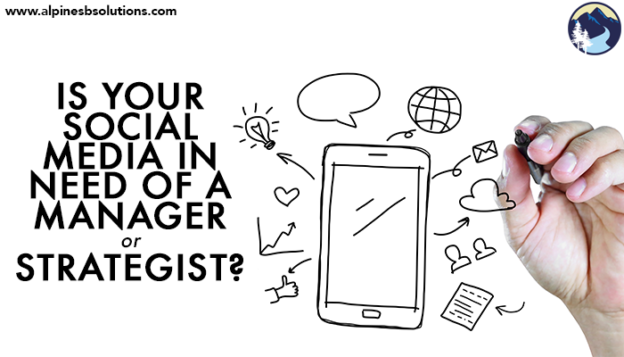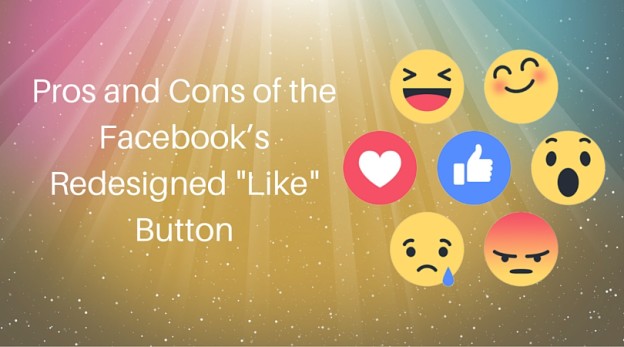A social media manager and social media strategist are not the same thing. Sure the titles are often used interchangeably, but in reality they work towards different goals and results.
Ideally, your business employs both (or at least, your social media guru handles both). But tight budgets and limited time requires you to prioritize. Here’s a guide to understanding the difference.
A Quick Overview
 Think of your social media as a body. Your goal is a healthy thriving body, which requires two approaches.
Think of your social media as a body. Your goal is a healthy thriving body, which requires two approaches.
You need to do daily upkeep tasks. These tasks remain steady throughout your life. Whether you’re five or 105, drinking water and showering is a necessity.
With social media, these tasks are things like:
- creating social media posts
- responding to comments
- content curation of influencers
The social media manager handles these basic tasks.
 You also need to take a long-term approach, adopting and adapting new strategies based on circumstances. New health research could prompt a change in diet. Maybe you bring in outside help, like a personal trainer, to help you lose weight.
You also need to take a long-term approach, adopting and adapting new strategies based on circumstances. New health research could prompt a change in diet. Maybe you bring in outside help, like a personal trainer, to help you lose weight.
With social media, these tasks are things like:
- changing your digital marketing strategy based on case study research
- bringing in a virtual assistant to help with holiday marketing
- adding in marketing and pixel targeting
The social media strategist handles this type of strategic work.
Which Does My Business Need to Prioritize?
Your business’s current situation will determine your focus.
- Your business just launched/rebranded: social media strategist. You want a clear strategy underlying your posts. When the why behind your posting is articulated, your social media will be much stronger.
- Your business is maintaining the status quo: social media manager. If your
 business is chugging along like normal, you can match that approach in social media. Focus on daily maintenance of creating good content and building relationships online. It’ll be the foundation you pull from when the status quo shifts (like when you launch a new service or product).
business is chugging along like normal, you can match that approach in social media. Focus on daily maintenance of creating good content and building relationships online. It’ll be the foundation you pull from when the status quo shifts (like when you launch a new service or product). - Your business budget is slashed: social media manager. The daily maintenance is crucial for your online presence. You can upkeep the basics and expand into new strategy once the budget grows.
- Your social media results are plummeting: social media strategist. If you’re continually losing followers, reach, or engagement, it’s time to shake things up. A strategist can help you identify what’s hurting your social media, and how to fix it.
- Your business has a short-term project: social media strategist. Holiday marketing or a product launch are unique times for your business, times when the normal social media approach does not apply. You’ll want a tailored approach to maximize your social media efforts.
We know that there are so many options out there, it can make your head spin. Which outlet to use, times to post, images to create, targeting your audience and so on. Make sure you are asking the right person and the right questions when you are planning this year’s social media.
Your business does need social media assistance, whether it’s a manager or a strategist. Consider using Alpine Small Business Solutions! We can provide the daily maintenance, strategy creation, assistance on short term projects, whatever your business needs. Simply shoot us an email or give us a call today.




